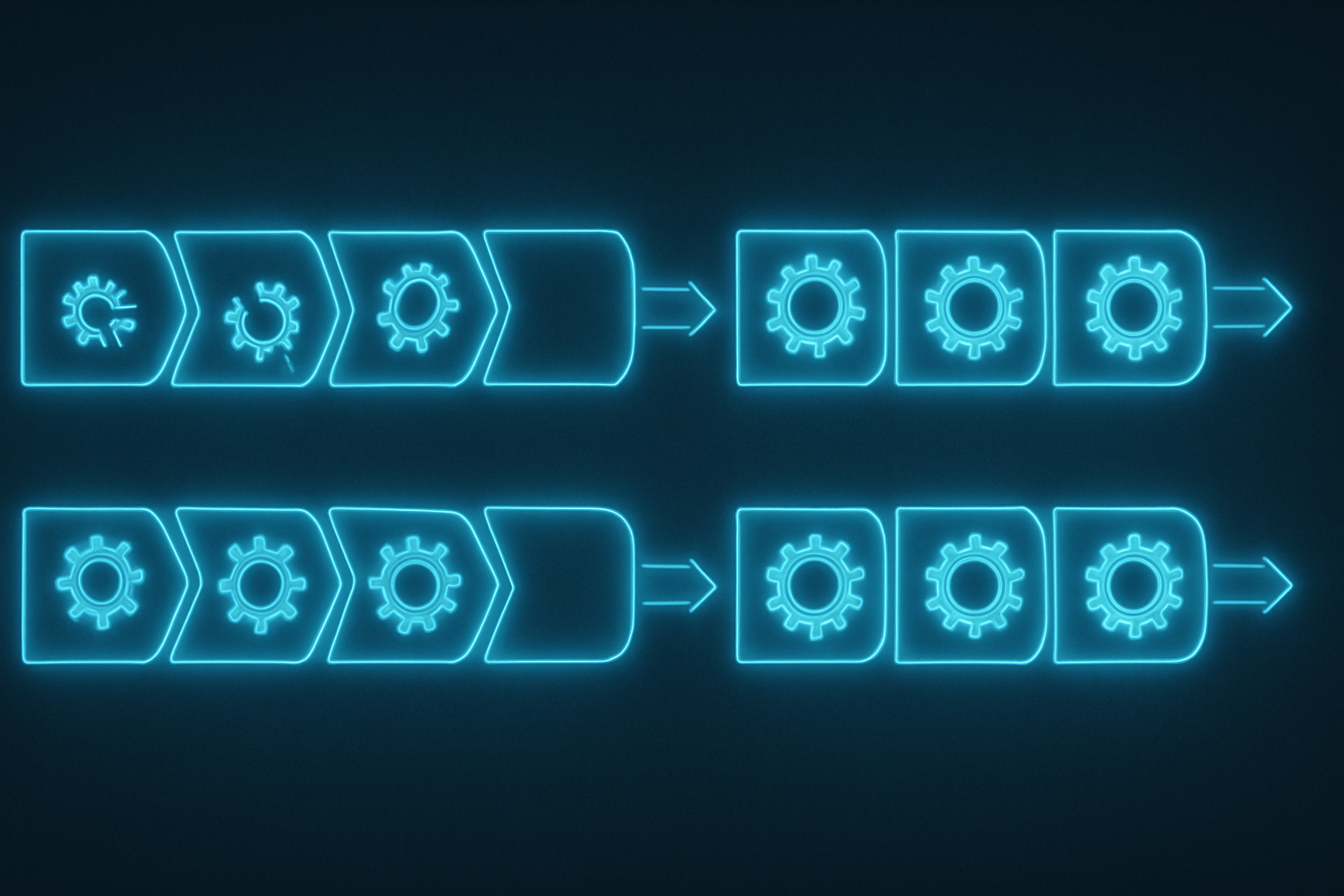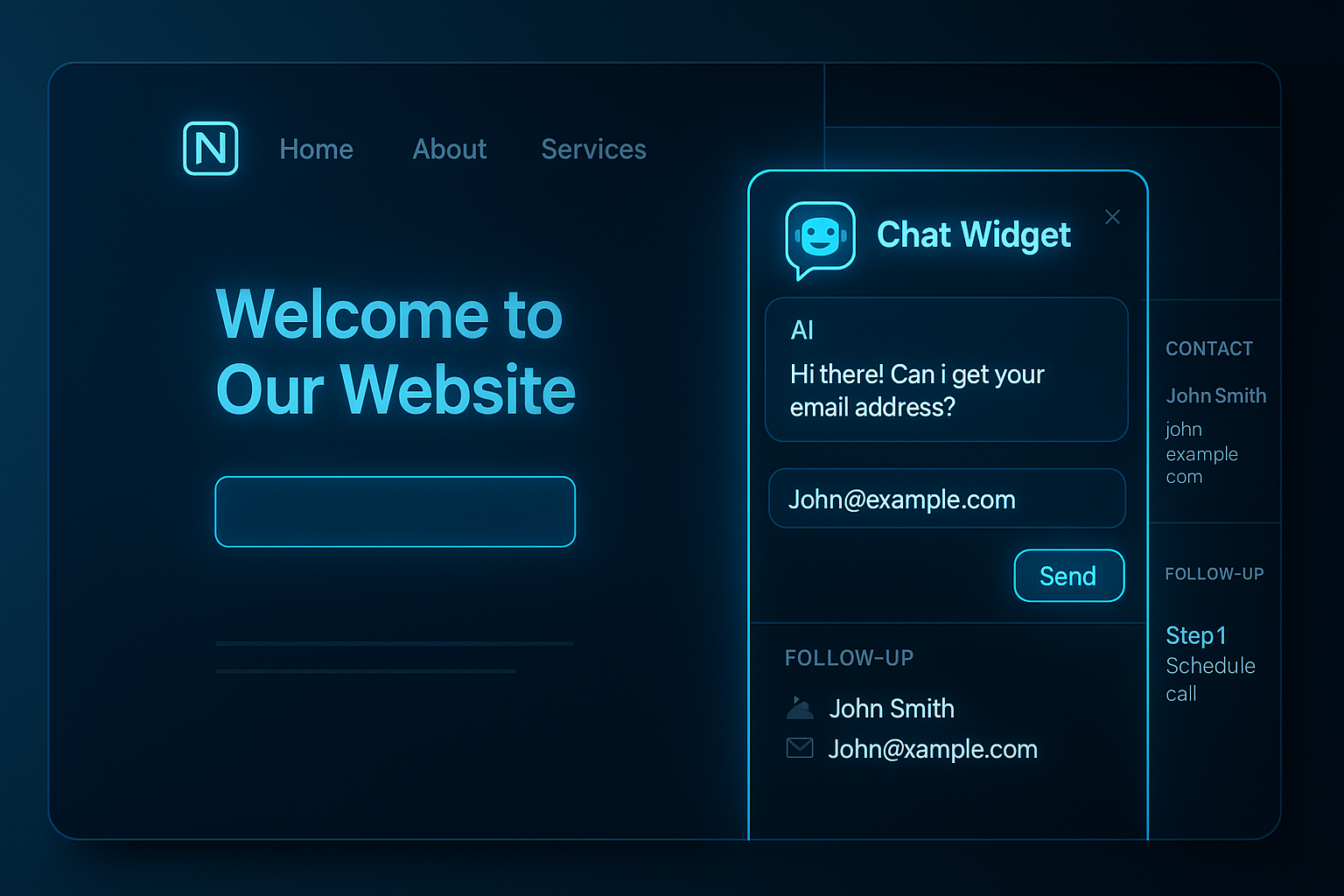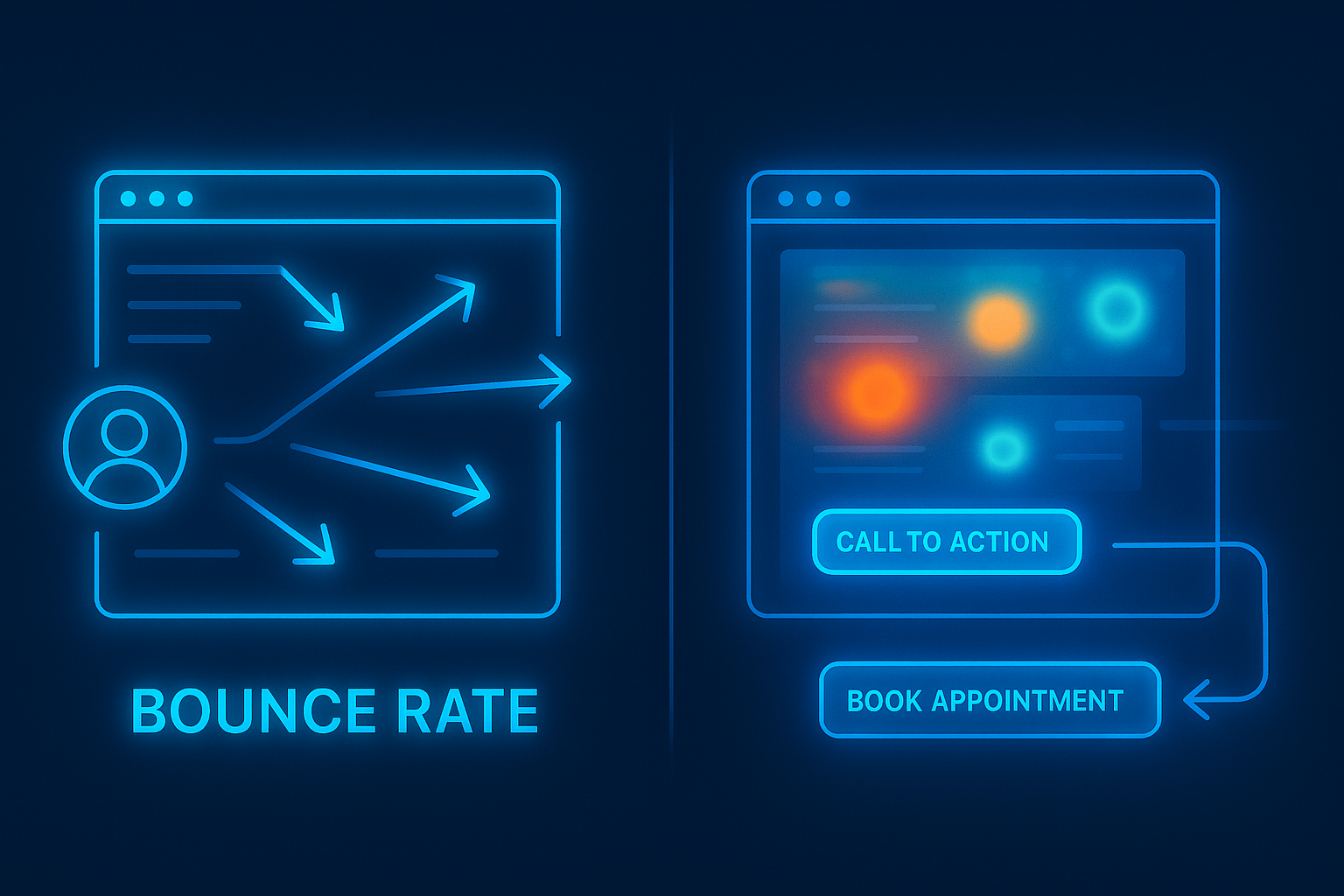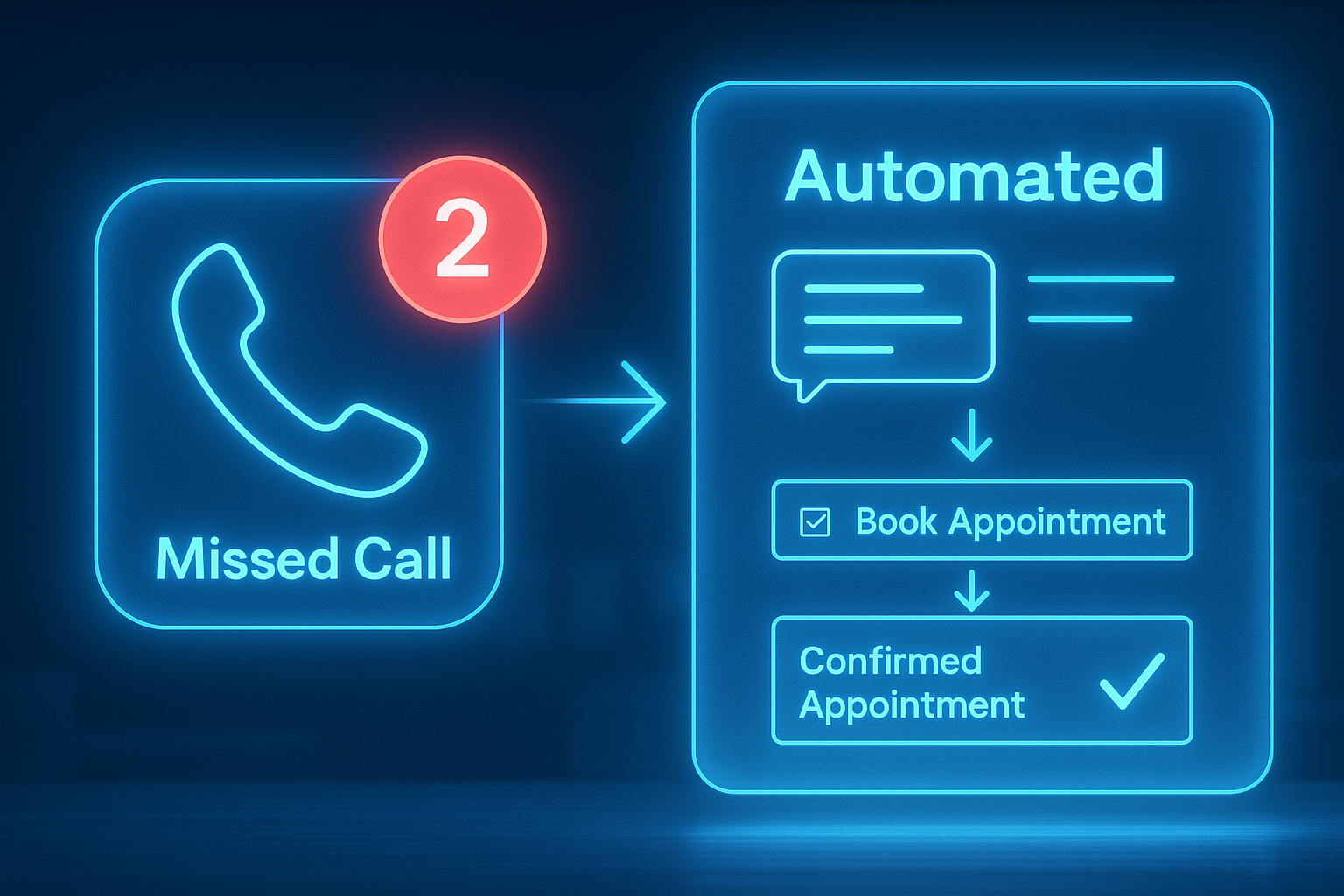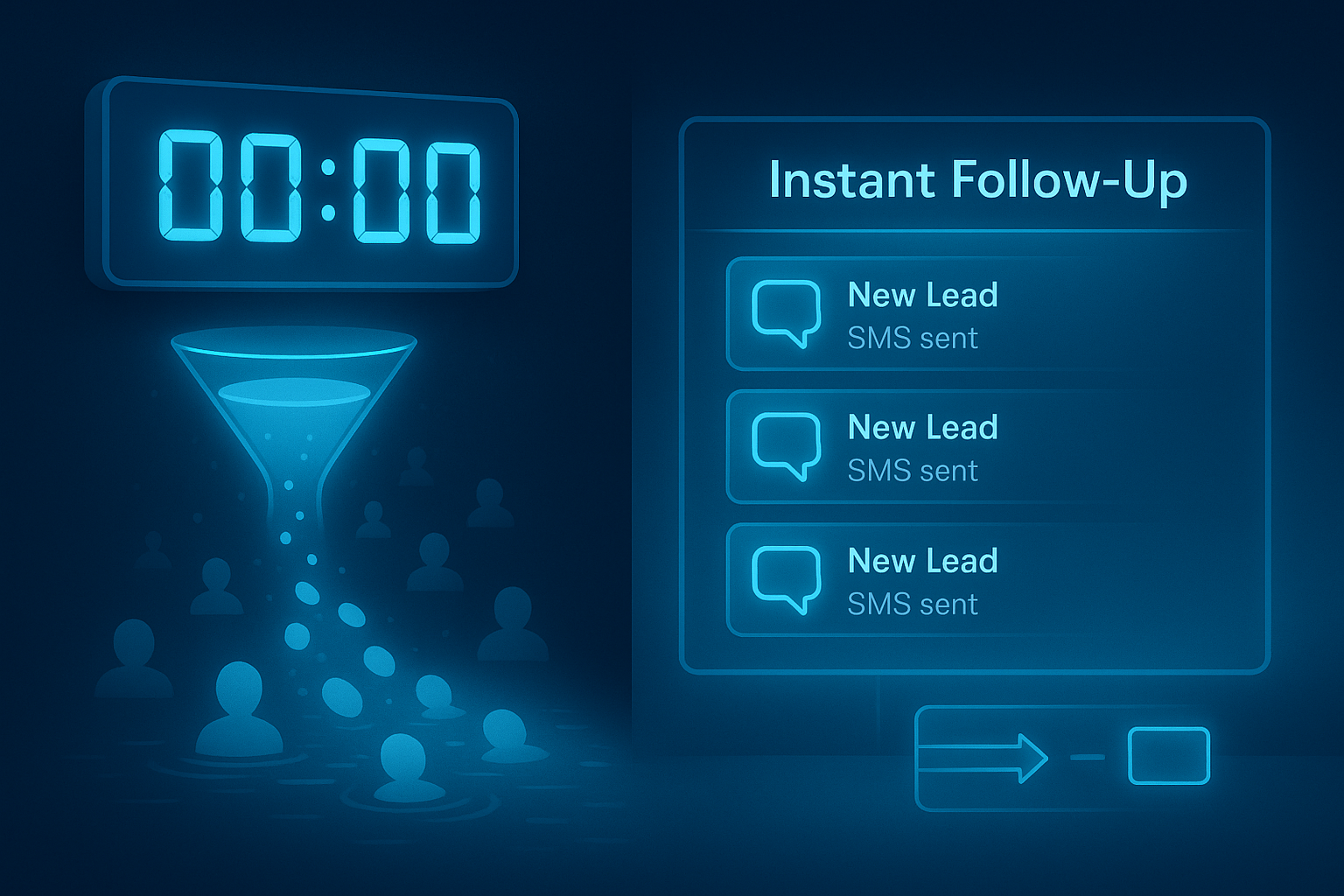Automation Isn’t Just a Tool—It’s a Business Model
Why the Future of Sustainable Growth
Starts with Systems, Not Hustle
Most business owners treat automation like an assistant. Something nice to have that saves time on the backend.
But what if automation wasn’t just a way to support your business model—but the actual model itself?
The most scalable companies aren’t powered by hustle—they’re powered by systems that run without micromanagement.
In this post, we’ll explore why automation isn’t just a convenience. It’s the infrastructure behind every sustainably scaled company—and the key to building a business that grows without growing your stress.
Why Automation Is the Backbone of Modern Business Models
It isn’t about doing less work.
It’s about replacing repetition with reliability.
You didn’t start your business to answer every email, schedule every call, and follow up on every missed inquiry manually.
Automation frees up your brainpower, your bandwidth, and your team’s capacity to actually serve.
Well-built automation systems:
- Create a consistent experience for your clients
- Trigger actions without human delay
- Reduce bottlenecks and handoff breakdowns
- Turn your offer into a system—not a task list
Link to [The Systems-First Scaling Strategy] to show how automation fits into foundational scaling.
Real Example: How Zapier Became a $5B Company Using Its Own Product
Zapier is one of the best-known automation platforms in the world. But what’s more impressive? They scaled to over $100M ARR and 500+ employees with no traditional HQ and a tiny operations team.
Why? Because they use their own tool to automate everything from internal task routing to customer onboarding.
They didn’t just build automation—they built a company on automation.
What It Looks Like to Build Automation into the Business Model
1. You deliver value through systems, not just service.
Example: Instead of manually onboarding every client, your system delivers:
- A form
- A triggered welcome email
- A booked call
- A task sequence for fulfillment
2. Your offers are supported by workflows, not workers.
You might have a small team, but they manage systems—not every detail.
3. You optimize for repeatability.
You’re not reinventing the wheel with every sale. You’re iterating on workflows that already work.
The Tools That Power Automation-as-a-Model
- CRM systems like GoHighLevel or HubSpot
- Internal platforms like Notion to centralize systems
- Automation connectors like Zapier or Make
- Communication bridges like chat widgets and SMS tools
Check out How to Know If Your CRM Is Helping or Hurting Your Business to learn the central role of CRM. Check out How to Use Notion to Centralize Growth for building system hubs. Check out How to Turn Missed Calls into Booked Appointments Automatically for lead recapture automation.
What Happens When You Don’t Systematize with Automation
- You lose leads to delayed responses.
- Your team relies on memory and manual notes.
- You burn out trying to scale what isn’t scalable.
- You spend more time in fulfillment than in growth.
Check out Automate Smarter: Avoid These Common Mistakes to learn how bad automation design can backfire.
Final Takeaway
Automation isn’t just something you add. It’s something you build around.
The moment you treat automation as part of your offer—not just your admin—is the moment you unlock real scale.
This isn’t about doing less. It’s about growing smarter.
Automate the delivery. Automate the follow-up. Automate the workflows that make your business run.
And watch it run—with or without you.
Next Steps
If you’re ready to turn automation into your business model, let’s talk. Book a call and we’ll map out the exact systems that will free your time, boost your conversions, and position your company for effortless scale.
More Marketing Tips, Tricks & Tools


